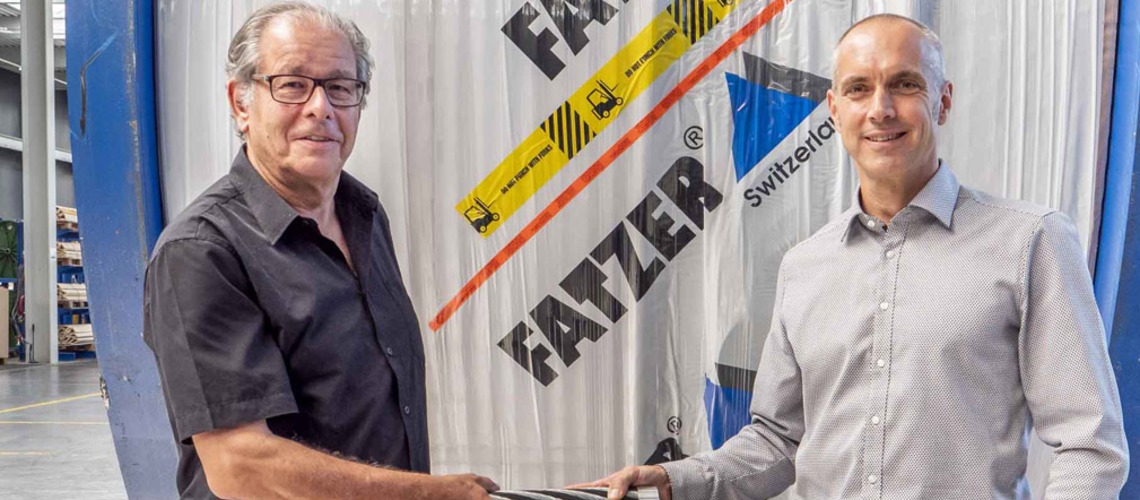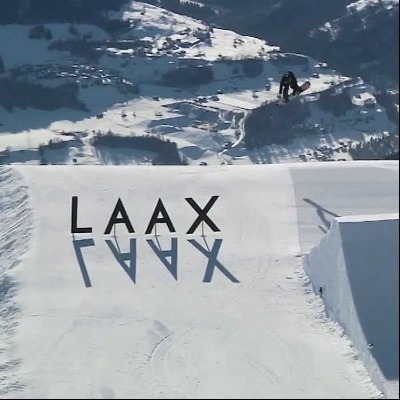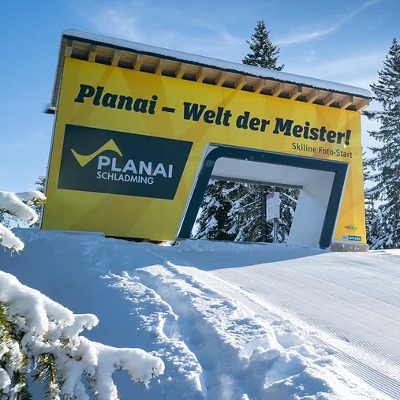Change In Company Management At Fatzer AG Wire Ropes

Founded as a rope-making factory in 1836 in the Swiss town of Romanshorn, FATZER has been producing top-quality ropes for generations. In the early stages, hemp ropes were manufactured for agriculture, fishing and shipping, with steel wire rope production being added around 1900. Nowadays, FATZER specializes in the development, manufacture and global distribution of high-quality steel wire ropes for ropeways, winches, structural applications, and other applications. With a long history of meeting specific market needs, FATZER is recognized as a leading rope manufacturer.
As part of the BRUGG Group, FATZER is still privately owned preserving the legacy of the first owner. It has developed into a strong and healthy „Mittelstand“ company with a global presence and an international workforce. In 2012, FATZER moved into a brand new, purpose-built production facility, utilising state of the art equipment. The 1´660 solar-panels on the roof of the building, with a capacity of more than 374´000 kWh a year, supply enough electricity for 80 households and reduced our CO2 emission by 205 tons a year.














